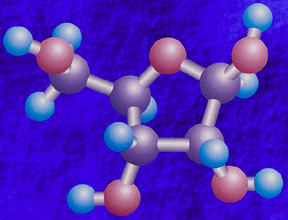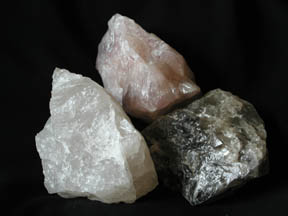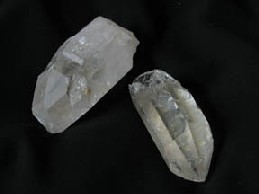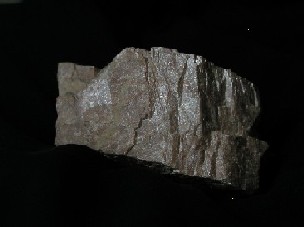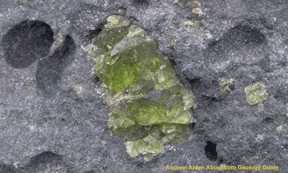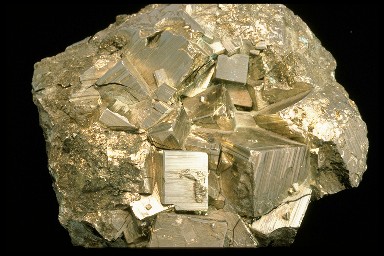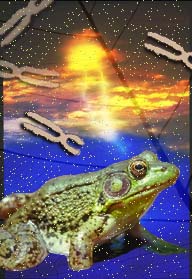
Windows Original
Earths Primordial Environment
In the beginning, Earth had a hydrogen based atmosphere, one which contained molecules in which hydrogen was a dominant constituent. Examples of such molecules include methane, CH4, hydrogen, H2, and ammonia, NH3. Such an atmosphere is also called reducing, as opposed to oxidizing. An oxidizing atmosphere is one that contains molecules with oxygen as the dominant constituent. Examples of those molecules include carbon dioxide, CO2, water vapor, H2O, and sulphur dioxide, SO2. In time, the early atmosphere of Earth evolved from a primitive reducing atmosphere to an oxidizing atmosphere.Jupiter's atmosphere of today is an example of what all the primitive atmospheres must have been like. This is because, unlike smaller planets with less mass, Jupiter has such enormous gravity that very little of its original atmosphere has escaped.
Certain chemical reactions require energy to make them go (endogenic). That energy comes from ultraviolet (UV) light. Electricity in the form of lightning also serves that purpose. The Miller-Urey experiment showed that ultraviolet light plus lightning in a reducing atmosphere can produce long molecule chains which form the foundation of living cells. Earth's early environment was conducive to this process because the early atmosphere did not provide protection from ultraviolet light. Ultraviolet light can link small molecules together to make larger ones. (On the other hand, some forms of ultraviolet light can break apart large molecules).
On Earth today, the ozone layer, O3 absorbs almost all but the longest wavelengths of UV. On the early Earth, there was little free oxygen, so UV from the sun fell directly onto the surface of the Earth.






